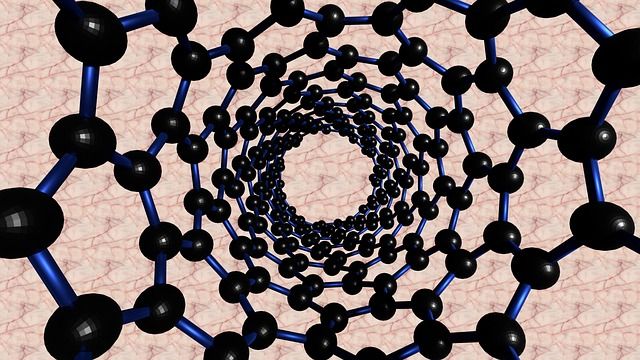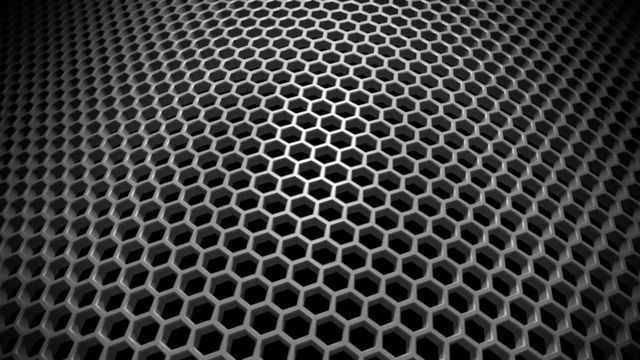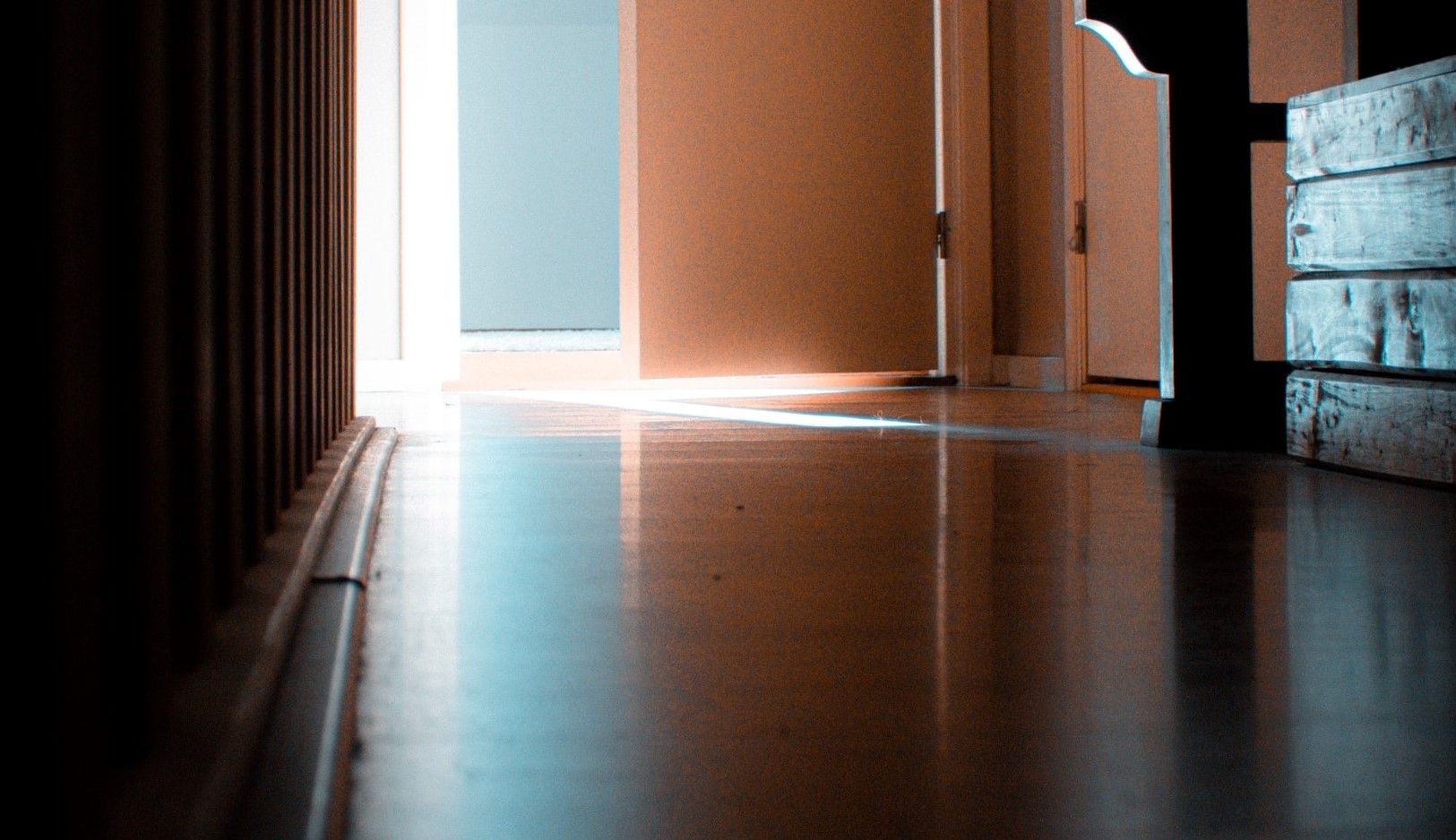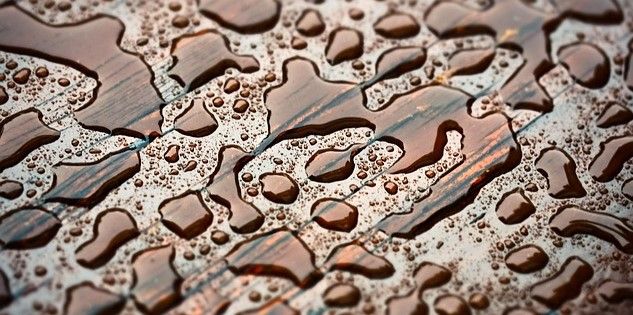Methyl methacrylate (MMA) flooring systems hold many advantages over other floor coverings. They are cost-effective, durable, easily-to-clean (especially compared to carpeting), safe, crack resistant (especially when compared to ceramic tiling and concrete), scratch resistant (especially when compared to vinyl tiling), and chemical resistant.
This makes them a popular choice for use in healthcare facilities, corporate offices, sports centres, industrial storage spaces, shopping malls, public buildings, and supermarkets.

However, MMA flooring can have key drawbacks, perhaps the most noticeable of these being:
Insufficient Electrical Conductivity
All polymers intrinsically have low levels of electrical conductivity. While in most applications this may not be a problem, in some places the build-up of static electricity can be catastrophic. For example, in hospitals with large amounts of expensive electrical equipment, in warehouses, shops, and storage spaces that hold electrical appliances, as well as in assembly and production units that manufacture or use electrical machinery.
In fact, wherever people are walking about on a surface, they create friction at the point where their feet touch the ground. This friction creates static electricity. If walking outside, the ground has enough electrical conductivity to dissipate the charge safely away. If the surface has insufficient electrical conductivity, as can be quite common with resin flooring systems, then the charge can build up until it discharges instantly. This can cause damage to electrical equipment, destroy data stored in digital systems, or cause fires if the discharge is close to highly flammable or explosive materials.
The risk of this happening in a methyl methacrylate (MMA) flooring systems can now be significantly lowered with the addition of carbon nanoparticles.

The possibilities of employing carbon nanotubes to improve the electrical conductivity of MMA raw materials, has been investigated by NANO CHEMI GROUP (the company which supports this website). Working in cooperation with Hamburg University of Technology (TUHH) and the Academies of Science in both Prague and Kiev they can now provide a nanoadditive suitable for use in the manufacture of ESD flooring.
Called NANO AF MMA-48, the product is a methyl methacrylate resin-based concentrate containing 0,4 wt.% of carbon nanomaterials.
It is a nanoadditive that has been proven to dissipate electrical static to a standard suitable for use in ESD and ASD floorings.
Specifically, tests conducted by a Wolfgang Warmbier, Surface Resistance Meter SRM110 on MMA samples produced with NANO AF MMA-48 were found to have a surface resistivity of 106 ohm/sq.

At the same time, using nanoadditives will still maintain the crucial advantages that make MMA flooring so popular.
These advantages include:
Methyl methacrylate (MMA) flooring systems are quick to install
“Given the right conditions,” highlights the industry journal Adhesives Magazine, “an MMA floor can reach a full physical and chemical cure within only 60 min of installation. This means that the surface can be subjected to full operational use under an extremely tight turnaround, especially when compared to the days or weeks that most epoxy, cementitious urethane, or concrete floors take to cure.”
They are also be laid directly on top of old floors, such as tiles, metal, wood, concrete (both new and old), and asphalt.
Methyl methacrylate (MMA) flooring systems are easy to renovate
Because MMA floors are typically flow applied and hand broadcast with aggregates, they can easily be rejuvenated simply by applying another single coating of product on top of the previous flooring. The chemical fusing of the new layer with the old, ensures that the polymer surface will not delaminate.

Methyl methacrylate (MMA) flooring systems are strong and durable
If kept clean and well maintained, MMA floors can last up to 15 years before they require resurfacing.
“MMA systems derive this capability from the chemical formulation of the coating, in which a methacrylic ester is combined with an organic peroxide (usually benzoyl peroxide),” explains Adhesives Magazine. “The organic peroxide acts as a catalyst to quickly fuse the two components together into one solid, monolithic mass. This curing mechanism contrasts to epoxies and cementitious urethanes, which take time for the separate components to combine together to form a crosslinked matrix.”
Methyl methacrylate (MMA) flooring systems have a short curing time
Epoxy resin floors can take 24 hours or longer to fully set and be ready to walk on. For some spaces, this makes them an unsuitable option.
Methyl methacrylate (MMA) flooring systems can be cured in cold and damp conditions
Unlike other resin systems, MMA flooring can be cured in temperatures much lower than other floorings, such as polyurethane and epoxy resins, as well as in atmospheres with a high moisture content.

Methyl methacrylate (MMA) flooring systems can be decorative
Alongside the natural beauty of their smoothness, MMA flooring systems can be colourful and stylishly designed: an important factor for retail and commercial spaces.
Methyl methacrylate (MMA) flooring systems are safe
In a very health-conscious world, the seamless finish of MMA flooring ensures that there are no cracks or joints where dirt and grime can build up, thus reducing the spaces where bacteria and mould can grow and accumulate. This makes this floor covering a great choice for kitchens and food storage spaces.
Methyl methacrylate has long been a ‘go to’ solution for flooring systems and a popular choice among architects and construction companies alike.
Now, with the inclusion of nanomaterial additives, MMA flooring systems can provide the protection against electro-static discharge that will make them a first-class option for warehouses, hospitals, or public spaces anywhere.
Photo credit: Joshua Hanson on Unsplash, sebastiaan stam, Dean Simone from Pixabay, deafstar from FreeImages, Willi Heidelbach from Pixabay, & Michael Gaida from Pixabay
